The CarbonScape story
From the beginning, CarbonScape has focused on finding green solutions to the world’s dirty problems.
CarbonScape was originally born as startup in 2006. It was based on an idea to pioneer new, sustainable methods to convert waste biomass into carbon products, including biochar for soil remediation, metallurgical “green coke”, for use in steel and activated carbon for water treatment.
However, as the world’s focus rapidly shifted to renewable energy and electrification – particularly of transport – it became apparent CarbonScape should pivot its existing technology and processes for the battery raw materials space.
With that in mind, drawing on 10 years of deep-seated knowledge in carbon technology, we engineered our first biographite in 2015.
This higher value bio-anode material would go a long way to solving the pressing issue of how to make lithium-ion batteries in a significantly greener, and more affordable, way.

The road to sustainable biographite
Technology development
In 2018 we successfully commissioned our piloting and product development facility in New Zealand.
With the growing battery anode materials market firmly in sight, years of extensive development, time and effort went into process development and optimisation.
This led us to successfully patenting our technology and processes for converting biomass feedstock – byproducts of the local timber industry, sourced from sustainable commercial forestry – into high-quality biographite for lithium-ion battery applications.
Importantly, our technology was designed for use anywhere in the world, disrupting the centralised supply chain currently dominated by China. A switch to local production would provide certainty and resilience for key, rapidly growing electric vehicle (EV) markets in Europe and North America.
This successful development was followed by a number of key achievements in 2020. That included reaching >99.999% engineered graphite purity, establishing a carbon negative process, and successful third party testing and characterisation of our biographite.
Global commercialisation
Following an over-subscribed capital raise, in 2021 CarbonScape grew further. Supported by a growing team of global experts in their field , we added new world-class analytics and dry materials characterisation facilities and equipment, and a battery testing facility.
In the months that followed our New Zealand facility almost tripled in size.
All core processes, along with the necessary data to inform commercial modeling or design, are available on site.
We are now commercialising our technology globally, with supply chain partners through licensing agreements and joint venturing.




